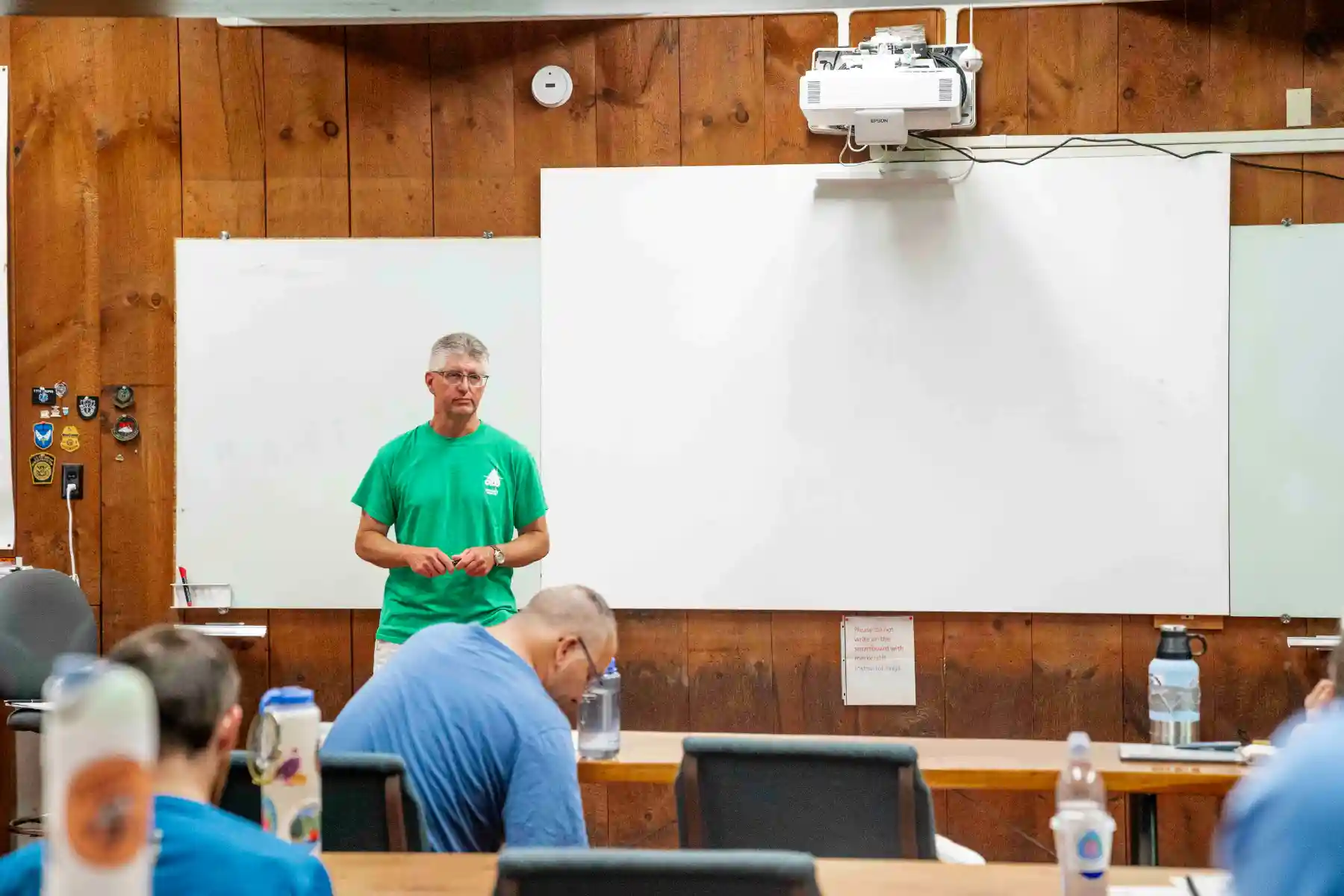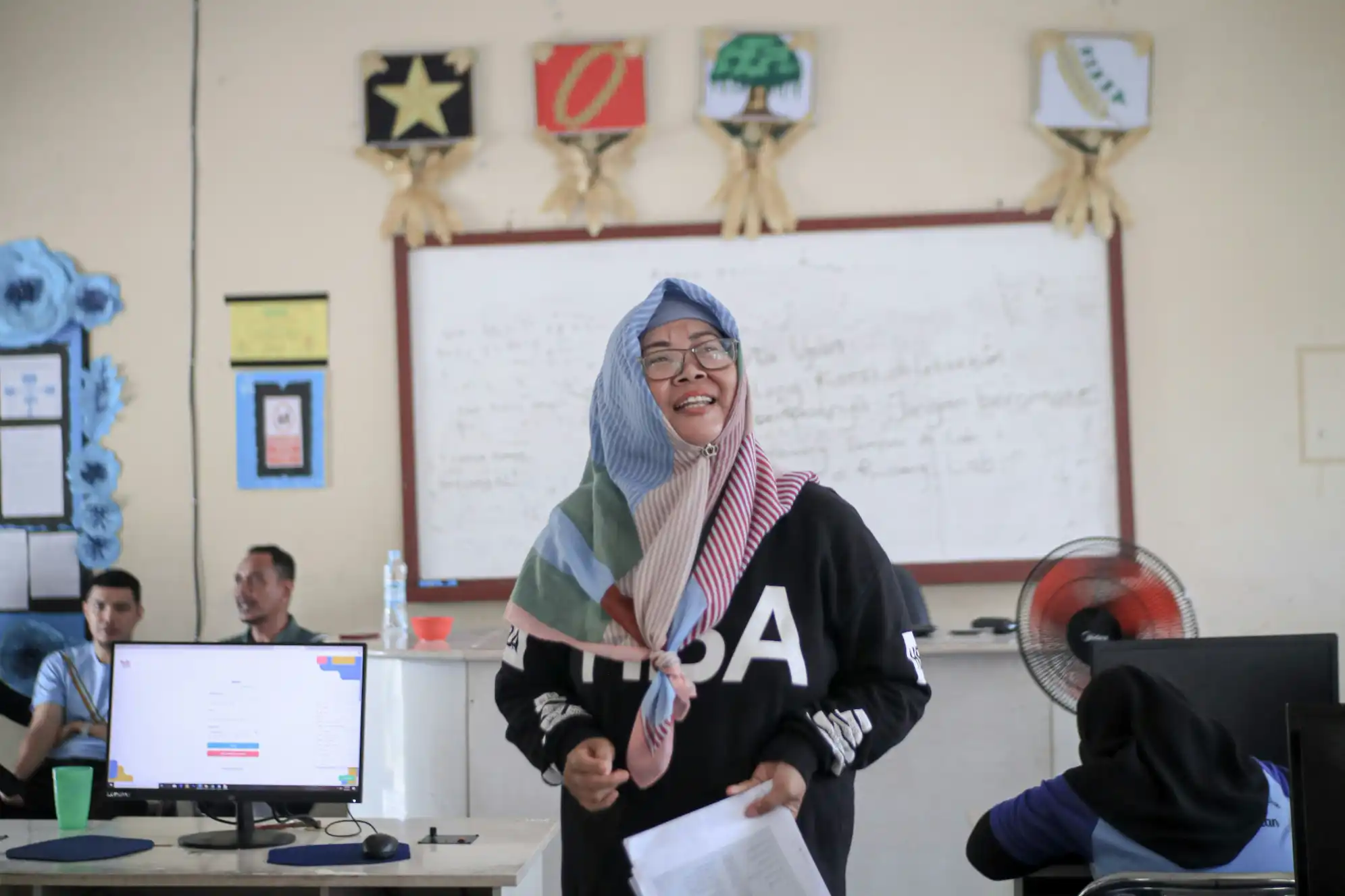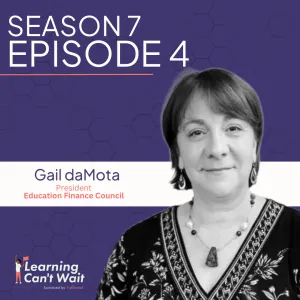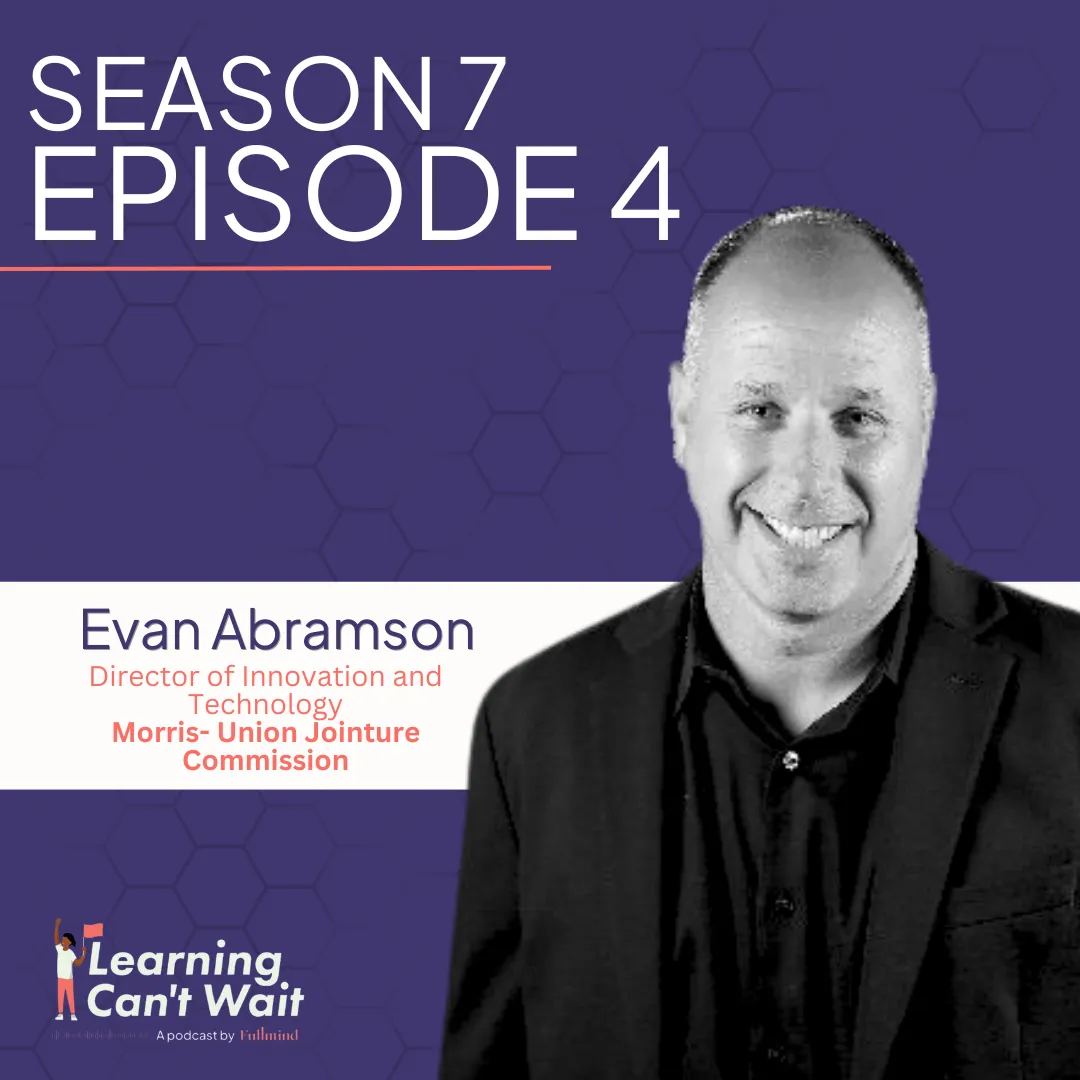For Education Leaders
Get proven strategies and expert analysis from the host of the Learning Can't Wait podcast, delivered straight to your inbox.
High-Dosage Tutoring
Accelerate Growth with Proven Tutoring
- Frequent, data-driven personalized sessions
- Certified, virtual, budget-friendly
- Boosts grades & closes gaps fast
Online Small Group Instruction: Personalized Virtual Learning

Online small group instruction brings together a certified teacher and a small cohort of students (typically 3-6) in a live, interactive virtual environment. It balances whole-class instruction and one-on-one tutoring, offering personalization without sacrificing efficiency or peer collaboration.
In this guide, we explore online small group instruction and its impact on K-12 education. You will discover the benefits this model offers to students, teachers, and district leaders. We examine the components of a high-quality virtual instruction program and provide guidance on selecting the right implementation partner for your district.
What Is Online Small Group Instruction?
Online small group instruction is a dynamic, teacher-led learning experience delivered in a virtual environment to a small cohort of students. This model centers on live interaction between a certified educator and typically 3-6 students, unlike passive screen time or pre-recorded content. The instructor can see, hear, and engage with each learner, facilitating discussions, providing immediate feedback, and adjusting instruction based on student responses. This approach allows for personalized attention while maintaining peer collaboration and social learning benefits.
This instructional model is structured to maximize student engagement and learning outcomes. The small size creates a low-pressure environment where students feel comfortable participating, asking questions, and taking academic risks. The virtual format eliminates geographic barriers and scheduling constraints, allowing schools to group students by specific needs rather than by classroom assignment or grade level. For students with Individualized Education Programs (IEPs), this model offers a focused setting for targeted skill development aligned with their goals.
Whole-Class Instruction
- Student-Teacher Ratio: 25-30:1
- Personalization Level: Limited – must accommodate diverse needs simultaneously
- Peer Interaction: High but often dominated by confident students
- Scalability/Cost-Effectiveness: Most cost-effective but least personalized
- Ideal Use Case: Core curriculum delivery
Online Small Group Instruction
- Student-Teacher Ratio: 3-6:1
- Personalization Level: High – can target specific skill gaps while maintaining peer interaction
- Peer Interaction: Balanced – all students participate
- Scalability/Cost-Effectiveness: Strong balance of personalization and efficiency
- Ideal Use Case: Targeted intervention, enrichment
1-on-1 Tutoring
- Student-Teacher Ratio: 1:1
- Personalization Level: Very High – completely individualized
- Peer Interaction: None
- Scalability/Cost-Effectiveness: Most personalized but least scalable/most expensive
Now that we've established the model, let's explore its advantages for everyone in the educational ecosystem.
The Benefits of Moving Small Groups Online
The advantages of online small group instruction extend beyond immediate learning needs. This approach creates a positive ripple effect throughout the educational ecosystem, benefiting students, teachers, and administrators.
For Students: Confidence and Growth
- Personalized Attention: In a small group, instructors can adapt their teaching pace, methods, and content to match the cohort's needs. This online differentiated instruction ensures students needing more time receive it, while ready students aren't held back. A 2021 RAND Corporation study found students in personalized learning environments improved in mathematics and reading compared to peers in traditional settings.
- Increased Engagement: Many silent students in whole-class settings become active participants in small groups. The reduced social pressure and increased "air time" create more opportunities for meaningful contribution. Virtual small groups use varied engagement strategies like digital whiteboards, polls, and collaborative documents to maintain focus and participation.
- Targeted Support: Online small groups excel at addressing specific learning gaps or advancing skills. They're ideal for high dosage tutoring interventions that accelerate learning, especially for struggling students. The focus allows instructors to systematically build missing foundational skills.
- Safe Learning Environment: In small groups, students feel more comfortable taking risks. They're more likely to attempt challenging problems, ask clarifying questions, and admit confusion, which are all essential for deep learning. This psychological safety is valuable for students struggling with confidence or anxiety in larger classrooms.
For Teachers: Impact and Sustainability
Online small group instruction allows teachers to practice their craft without the management challenges of a full classroom, focusing entirely on the teaching and learning process. They can closely observe each student's understanding, provide individualized feedback, and make real-time adjustments to their instruction, responsive teaching that is difficult with 25-30 students.
This model creates a powerful complementary system for schools partnering with certified virtual teachers. Classroom teachers can focus on delivering high-quality Tier 1 instruction to the whole class, while virtual educators provide targeted support to specific student groups. This approach extends the reach and impact of a school's instructional team without overburdening existing staff, which is a critical consideration given widespread teacher burnout.
The most rewarding aspect for educators is witnessing tangible progress. In small groups, growth becomes visible quickly. Teachers celebrate incremental successes with students, building momentum and motivation that carries into other academic settings.
For Administrators: A District-Wide Solution
- Solving Staffing Shortages: When qualified candidates for specialized positions (advanced mathematics, physics, world languages, or special education) are scarce, virtual instruction offers an immediate solution. Administrators can tap into a national pool of certified educators rather than being limited to local applicants, ensuring students access expert instruction regardless of local staffing constraints.
- Cost-Effective Scalability: One-on-one tutoring is ideal for some situations, but the resource requirements make it impossible to implement at scale. Online small group instruction strikes the optimal balance between personalization and practicality, allowing districts to serve more students with high-quality supplemental instruction within budget constraints.
- Data-Driven Decision Making: Quality virtual instruction programs provide detailed analytics on student attendance, participation, and progress. This real-time data helps administrators evaluate program effectiveness, identify students needing support, and demonstrate ROI to stakeholders and boards.
- Enhanced Equity and Access: Virtual small groups democratize access to expert instruction. Rural districts can offer specialized courses previously unavailable to their students. Urban schools can provide targeted interventions without pulling students from core classes. All students, regardless of zip code, receive specialized support like SWD services & IEP fulfillment, ensuring equitable educational opportunities across diverse populations.
The 4 Pillars of a High-Impact Virtual Instruction Program
Not all online instruction programs deliver equal results. An effective K-12 virtual instruction program is built upon four essential pillars that create meaningful learning experiences and measurable student outcomes.
Pillar 1: The Certified Educator
While technology enables online small group instruction, the teacher powers its success. The most effective programs employ state-certified, experienced educators with content expertise, pedagogical skill, and relationship-building abilities. Certified virtual educators should receive specialized training in online teaching techniques, as the virtual environment requires unique approaches to checking for understanding, facilitating discussion, and maintaining engagement.
The teacher's ability to establish rapport quickly, read subtle cues through a screen, and adapt instruction based on real-time observations separates transformative virtual instruction from adequate online learning. For specialized instruction like intervention, enrichment, or credit recovery, having subject-matter experts who understand both the content and effective instructional strategies is essential.
Pillar 2: The Right-Fit Technology
Effective online small group instruction requires more than basic video conferencing. The ideal technology platform is secure, FERPA-compliant, and designed for education. It includes interactive tools like digital whiteboards, screen sharing, breakout rooms, and real-time assessment features for active learning.
User-friendliness is crucial. When students and teachers struggle with clunky interfaces or unreliable connections, precious instructional time is lost. The best platforms are intuitive enough that technology fades into the background, allowing the focus to remain on teaching and learning rather than troubleshooting.
Pillar 3: The Flexible Curriculum
One-size-fits-all approaches rarely succeed in education. Superior virtual instruction programs don't impose rigid external curricula but align with each district's existing framework. The curriculum and materials should complement what students are learning in their regular classrooms, using consistent vocabulary and approaches to minimize confusion.
This flexibility extends to the instructional design. Sessions should be structured yet adaptable, with clear learning objectives and room for responsive teaching based on emerging student needs. The most effective programs balance systematic skill progression and just-in-time adjustment to address misconceptions or capitalize on learning opportunities.
Pillar 4: Actionable Data
Data collection and reporting are essential for successful online small group instruction. Administrators need visibility into program implementation and impact, while teachers need diagnostic information to guide instruction. Effective programs provide regular, easy-to-interpret reports on attendance, participation, and academic progress.
The best reporting systems go beyond basic metrics to provide actionable insights. They highlight patterns, flag concerns, and recommend next steps based on student performance data. This helps school leaders make informed decisions about resource allocation and program continuation while enabling instructors to refine their approach.
Choose the Right Partner for Online Small Group Instruction
The success of an online small group instruction initiative depends on selecting a provider that aligns with your district's needs, goals, and quality standards. Consider asking these essential questions to evaluate potential partners:
- "Are your instructors state-certified teachers with experience in a virtual setting?" The quality of the educators is paramount. Look for partners who employ certified teachers rather than tutors or instructional aides, particularly for core academic subjects and specialized areas like special education.
- "How do you tailor your curriculum and instruction to match our district's standards and goals?" The provider should demonstrate willingness and ability to align with your existing curriculum rather than forcing you to adopt their materials exclusively.
- "What technology platform do you use, and what are its interactive features?" Ask for a demonstration to assess user-friendliness, reliability, and engagement capabilities.
- "What does your reporting and progress monitoring look like for administrators?" Request sample reports to ensure they provide the data needed to evaluate program effectiveness and student growth.
- "Can you provide examples of how you've supported schools with challenges like ours (e.g., staffing, credit recovery, IEP fulfillment)?" Past performance with similar challenges indicates a provider's ability to address our needs.
Providers like Fullmind have built their model around these core principles. They provide live, certified educators who integrate with a school's existing framework, with a network of over 600 U.S. school and district partners. Their focus on flexible curriculum and comprehensive support, which includes high dosage tutoring and complex staffing needs, demonstrates a true partnership model.
When evaluating your options, it is paramount to find a partner who can answer these questions with a clear focus on student outcomes and administrative support.
Conclusion
Online small group instruction is no longer an emergency solution or supplemental offering. It has become a core strategic component of modern education. This approach addresses the challenges of personalization, equity, and staffing that school leaders face. By providing the right support to the right students at the right time, small group virtual instruction helps schools maximize their instructional impact while efficiently utilizing limited resources.
The future of education lies in hybrid, flexible models that combine technology-enabled learning with expert teacher guidance. Forward-thinking districts are integrating virtual small group instruction as a permanent fixture, recognizing that the ability to pivot between in-person and online modalities creates resilient and responsive learning environments. By embracing these approaches, school leaders can ensure every student receives the personalized support they need to thrive, regardless of geographic, staffing, or resource constraints.
For Education Leaders
Get proven strategies and expert analysis from the host of the Learning Can't Wait podcast, delivered straight to your inbox.
Let’s Work Together
We’ll review your application and get in touch!




.webp)












.webp)



























.webp)



%20.webp)





































.webp)




.webp)


.webp)


.webp)
